Hydrangeas That Thrive In Shade
Hydrangeas That Thrive in Shade
Hydrangeas are a popular choice for gardens, but not all varieties are created equal. If you have a shady spot in your yard, you may be wondering if there are any hydrangeas that will thrive in those conditions.
The good news is that there are a number of hydrangeas that do well in shade. Some of the most popular varieties include:
- Hydrangea arborescens, also known as smooth hydrangea. This variety is known for its large, white flower heads that bloom in summer. It is a relatively easy hydrangea to grow, and it is tolerant of a wide range of soil conditions.
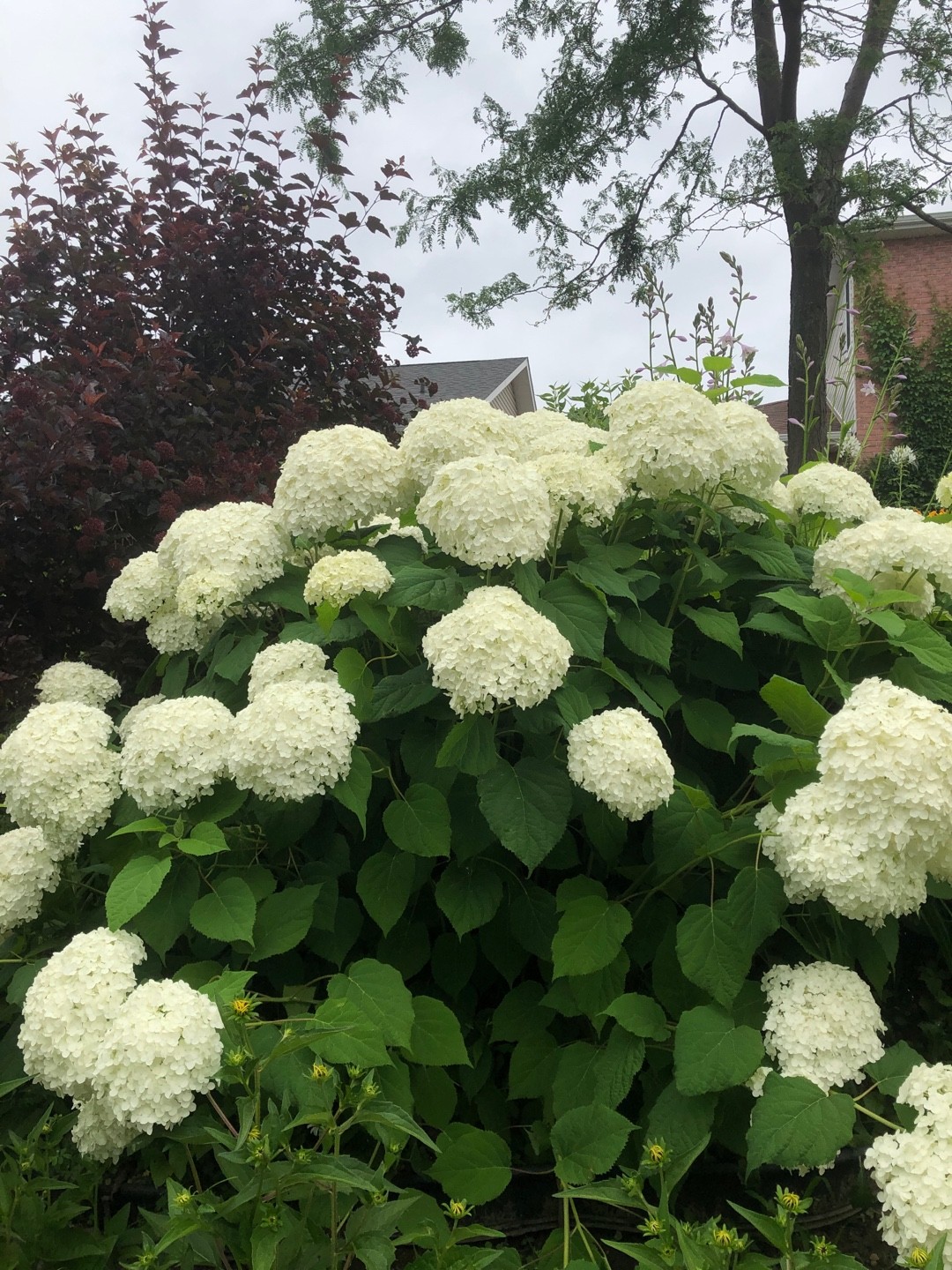
- Hydrangea paniculata, also known as panicle hydrangea. This variety is known for its tall, airy flower spikes that bloom in summer. It is a bit more difficult to grow than Hydrangea arborescens, but it is still a good choice for shady gardens.
- Hydrangea quercifolia, also known as oakleaf hydrangea. This variety is known for its large, oak-shaped leaves and its clusters of small, white flowers that bloom in summer. It is a relatively hardy hydrangea, and it is tolerant of a wide range of soil conditions.
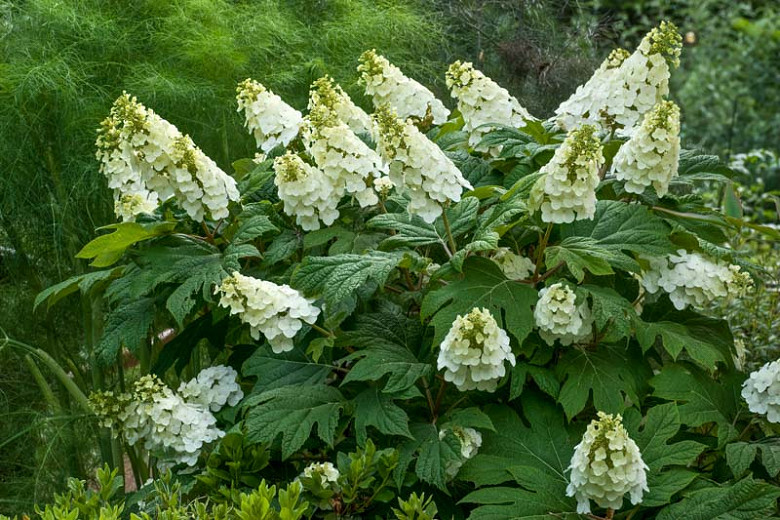
- Hydrangea serrata, also known as lacecap hydrangea. This variety is known for its delicate, lace-like flowers that bloom in summer. It is a bit more difficult to grow than some other hydrangeas, but it is a beautiful addition to any shady garden.

In addition to these popular varieties, there are a number of other hydrangeas that do well in shade. When choosing a hydrangea for a shady spot, it is important to consider the size of the plant, the color of the flowers, and the amount of shade the plant will receive.
For example, if you have a small shady spot, you may want to choose a dwarf variety of hydrangea. If you want a hydrangea with blue flowers, you will need to plant it in acidic soil. And if you have a very shady spot, you may want to choose a hydrangea that is tolerant of full shade.
With a little planning, you can find a hydrangea that will thrive in your shady garden.
[MAIN CONTENT]
Growing Hydrangeas in Shade
Hydrangeas are relatively easy to grow, but there are a few things you need to keep in mind if you want them to thrive in shade.
First, choose a variety that is specifically suited for shade. As mentioned above, some hydrangeas are more shade tolerant than others.
Second, plant your hydrangea in well-drained soil. Hydrangeas do not like wet feet, so make sure the soil is able to drain properly.
Third, fertilize your hydrangea regularly. Hydrangeas need a good supply of nutrients in order to flower well.
Fourth, water your hydrangea regularly, especially during the summer months.
Fifth, prune your hydrangea in the spring. This will help to keep the plant healthy and encourage new growth.
With proper care, your hydrangea will thrive in your shady garden for many years to come.
Conclusion
Hydrangeas are a beautiful addition to any garden, and they can even be grown in shady spots. With a little planning and care, you can choose a hydrangea that will thrive in your garden for many years to come.
Do you have a shady spot in your garden that you're not sure what to do with? Why not plant a hydrangea! Hydrangeas are beautiful, versatile plants that can thrive in a variety of conditions, including shade.
There are many different types of hydrangeas that are well-suited for shade. Some popular varieties include:
- Annabelle hydrangea: This variety is known for its large, white blooms that can reach up to 12 inches in diameter. Annabelle hydrangeas are relatively low-maintenance and easy to grow.
- Invincibelle hydrangea: This variety is another good choice for shady spots. Invincibelle hydrangeas have large, pink or blue blooms that are very showy. They are also relatively cold-hardy, making them a good choice for most climates.
- Oakleaf hydrangea: This variety is a bit larger than the other two varieties mentioned, but it is also very beautiful. Oakleaf hydrangeas have large, oak-shaped leaves and white or pink blooms. They are a good choice for creating a focal point in your garden.
If you're looking for more information about types of hydrangeas for shade, I recommend visiting . This website has a comprehensive list of hydrangea varieties, along with information about their light, soil, and moisture requirements.
FAQ of types of hydrangeas for shade
Q: Which hydrangeas need the least amount of sun?
A: There are several types of hydrangeas that can thrive in mostly shaded sites. Some of the most popular include:
- Annabelle hydrangea (Hydrangea arborescens 'Annabelle'): This is a large, mound-forming hydrangea that produces large, white flower heads. It is a good choice for areas that receive only partial sun.
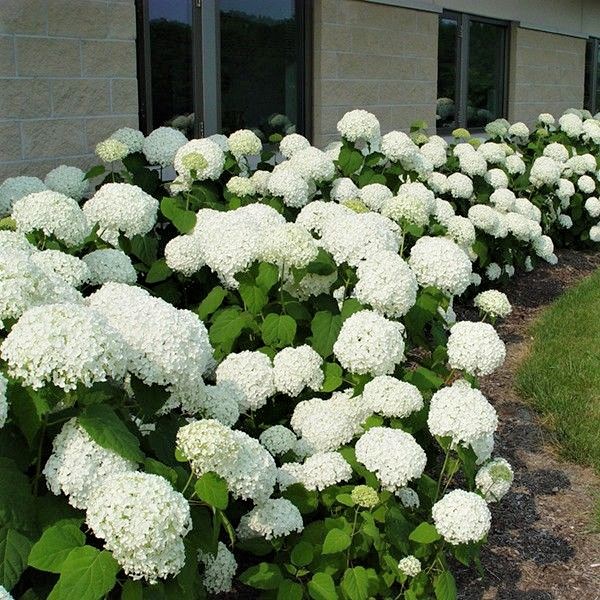
- Invincibelle hydrangea (Hydrangea macrophylla 'Invincibelle Spirit'): This is a compact, upright hydrangea that produces large, blue or pink flower heads. It is a good choice for areas that receive only partial sun.
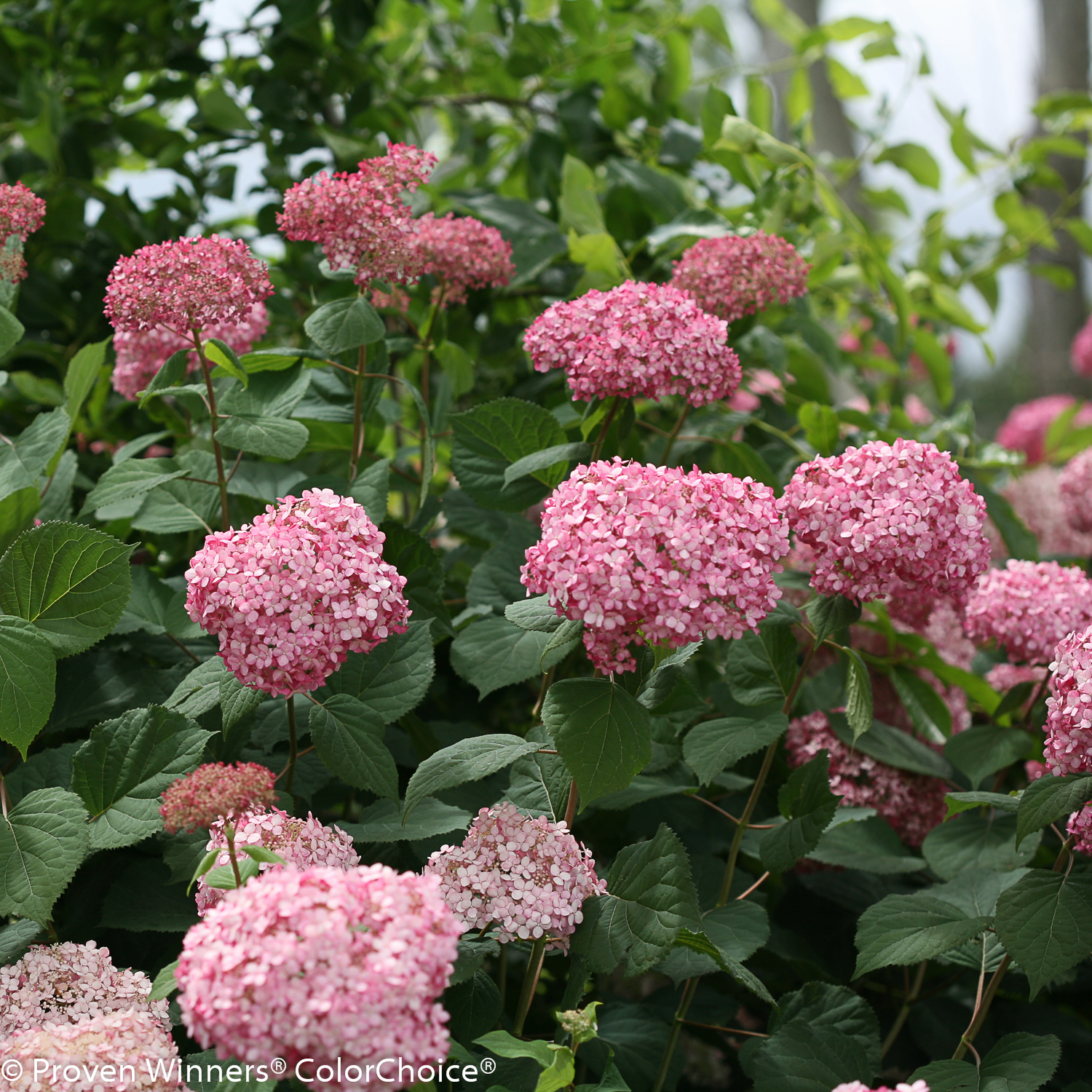
- Incrediball hydrangea (Hydrangea macrophylla 'Incrediball'): This is a compact, rounded hydrangea that produces large, bright pink flower heads. It is a good choice for areas that receive only partial sun.
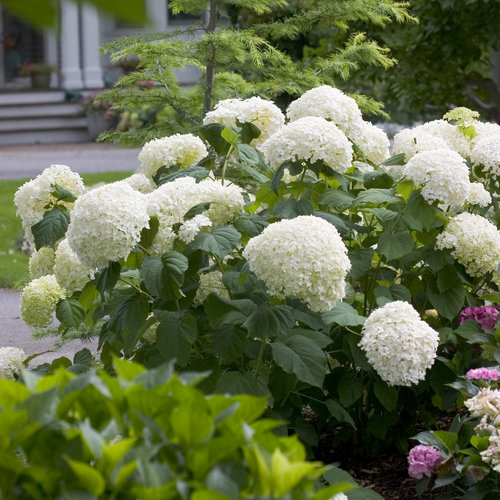
- Oakleaf hydrangea (Hydrangea quercifolia): This is a large, deciduous hydrangea that produces large, panicles of white, pink, or blue flowers. It is a good choice for areas that receive partial sun to full shade.
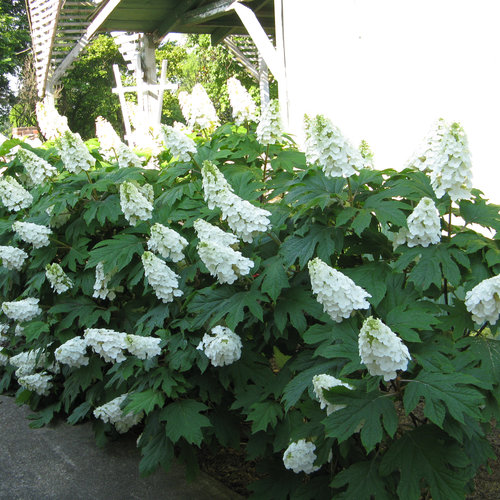
- Climbing hydrangea (Hydrangea petiolaris): This is a deciduous vine that can climb up to 30 feet. It produces small, white flowers in summer. It is a good choice for shady areas with a trellis or other support.

Q: What are the best hydrangeas for beginners?
A: Oakleaf hydrangeas are the easiest type of hydrangeas for beginners to grow. They are not picky about soil or sun exposure, and they are relatively resistant to pests and diseases.
Q: What is the difference between mophead hydrangeas and lacecap hydrangeas?
A: Mophead hydrangeas have large, rounded flower heads that are made up of many small florets. Lacecap hydrangeas have flat, flower heads that are made up of two types of florets: large, sterile florets in the center and smaller, fertile florets around the edge.
Q: How do I care for hydrangeas in shade?
A: Hydrangeas that grow in shade need well-drained soil that is rich in organic matter. They should be watered regularly, especially during the summer months. They may need to be fertilized in spring to promote flowering.
Q: How do I deadhead hydrangeas?
A: Hydrangeas should be deadheaded after they have finished flowering. This will encourage new growth and prevent the formation of seedpods. To deadhead a hydrangea, simply pinch off the spent flower heads with your fingers.
Image of types of hydrangeas for shade
5 different images of "types of hydrangeas for shade" from Pinterest:
This is a popular type of hydrangea that is known for its large, white blooms. It is a hardy plant that can tolerate shade and can grow in a variety of soil types.
This hydrangea is similar to the Annabelle Hydrangea, but it has slightly larger blooms and can be more tolerant of full sun.
This type of hydrangea has large, oak-shaped leaves and produces clusters of pink, blue, or white flowers. It is a versatile plant that can be grown in a variety of conditions, including shade.
This hydrangea is known for its long-lasting blooms, which can last for several months. It is a low-maintenance plant that is easy to grow in shade.
This hydrangea is known for its large, conical blooms. It is a hardy plant that can tolerate a wide range of conditions, including shade.


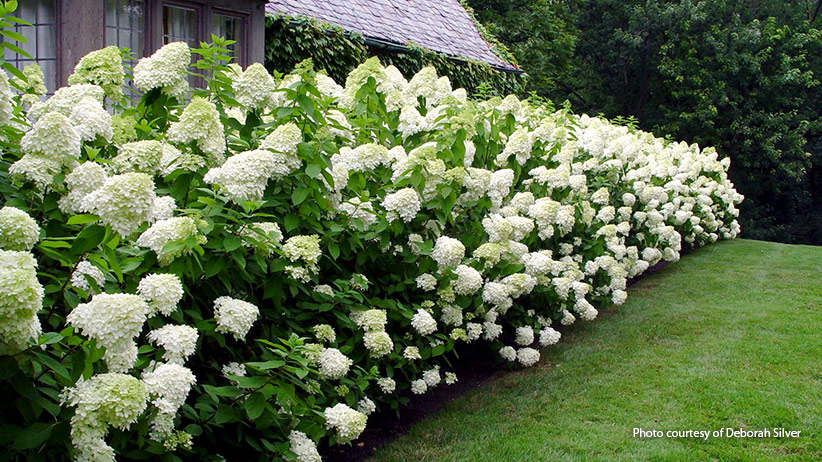
Post a Comment for " Hydrangeas That Thrive In Shade"